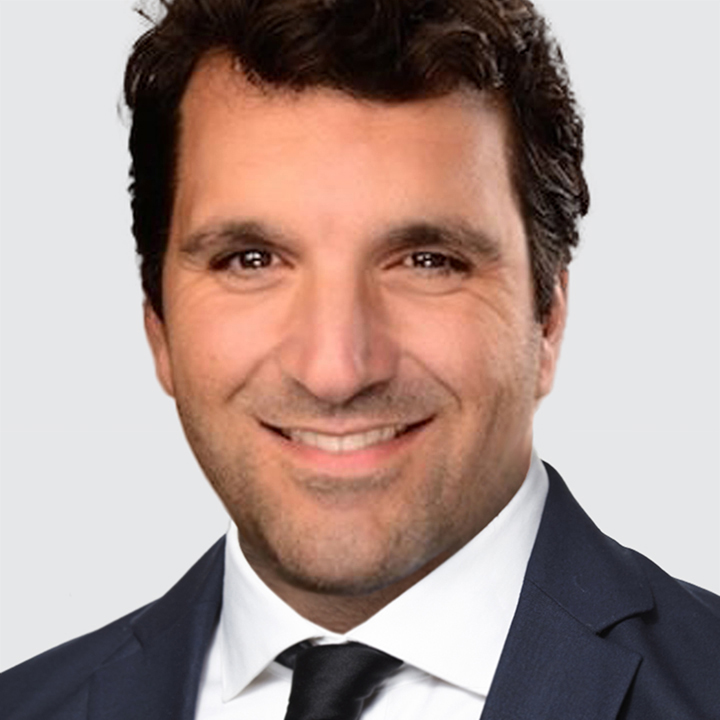US
Financial markets reacted encouragingly to President Donald Trump nominating White House economic adviser Stephen Miran as a temporary Fed governor. S&P500 staged a late-session recovery, with futures pointing to further modest gains. USD initially dipped before regaining ground while Treasury yields treaded water near the range floor.
Miran would fill the governor slot being vacated by Adriana Kugler that expires January 31, 2026. “In the meantime, we will continue to search for a permanent replacement,” Trump said. Miran’s appointment requires Senate confirmation, so his participation in the September 16-17 FOMC meeting is uncertain. The Senate is on its annual August recess and isn’t scheduled to return to Washington until early September.
Miran and Fed governor Christopher Waller are now viewed as favorite to succeed Jay Powell when his Fed chair term ends in May 2026. Both Miran and Waller are doves on rates. Of note, the President selects the Fed chair from one of the seven members of the Board of Governors.
No US economic data is schedule for release today. St. Louis Fed President Alberto Musalem (FOMC voter) participates fireside chat (10:20am New York, 3:20pm London). Yesterday, Atlanta Fed President Raphael Bostic (non-FOMC voter) said he still sees one interest-rate cut this year in part because he is “somewhat skeptical” that the tariff impact will be temporary.
We are sticking to our bearish USD view. Rate differentials are moving against USD and the US economy is teetering on the edge of stagflation while the full hit from tariffs has yet to come. The actual effective US tariff rate based on customs duty revenue as a percentage of the value of goods imported was 8.8% in June. Looking ahead, the average effective US tariff rate is estimated to rise to 18.6% as of August 7 - the highest since 1933.
CANADA
USD/CAD has likely settled back in the near-term within a 1.3600-1.3800 range. Canada’s labor force survey is today’s highlight (8:30am New York, 1:30pm London). The pace of job gains is expected to slow sharply to 10k in July after soaring by 83.1k in June, strengthening the case for a 25bps cut by year-end (80% priced-in).
Worrisomely, the subsectors that rely on US trade (about 10% of employment) face further strain from higher tariffs. As of August 1, the US increased the tariff on Canadian goods imports not covered by the United States-Mexico-Canada Agreement (USMCA) from 25% to 35%.
JAPAN
USD/JPY is trading near the middle of this week’s 146.60-148.10 range. The Bank of Japan (BOJ) July 30-31 policy meeting Summary of Opinions hints at a rate hike by year-end. One board member noted that “it may be possible for the Bank to exit from its current wait-and-see stance, perhaps as early as the end of this year” if the downward effects on Japan's economy from US tariff policy remain minimal.
Another board member highlighted that “With the stock market reacting positively to the agreement in tariff negotiations between Japan and the United States, the Bank needs to bear in mind that it should not become overly cautious and miss the opportunity to raise the policy interest rate.” Finally, one more board member stressed that the “Bank is now at a phase where it needs to place more emphasis on the upside risks to prices.”
Regardless, the BOJ is unlikely to raise the policy rate by more than is currently priced-in, limiting JPY upside. The swaps market imply 60% odds of a 25bps rate hike by year-end and a total of 50bps of rate increases to 1.00% over the next two years. We expect USD/JPY to remain within a wide 142.00-150.00 range over the next few months.
UK
GBP is holding on to its post-BOE policy decision rally. Yesterday, the Bank of England (BOE) delivered a hawkish cut. As was widely expected, the BOE slashed the policy rate 25bps to 4.00%. The BOE also reiterated its guidance for “a gradual and careful approach” to further rate cuts. However, the Monetary Policy Committee 5-4 vote split and updated economic projections suggest the bar for additional easing is high.
Five members voted for a 25bps cut (Bailey, Breeden, Dhingra, Ramsden, Taylor). One of these five members (Taylor) initially voted for a 50bps reduction. Taylor had to change his vote to a 25bps cut in an unprecedented second vote to break a deadlock as four members favored keeping rates on hold (Greene, Lombardelli, Mann, Pill).
Moreover, the BOE maintained a benign UK GDP growth outlook but lifted its inflation projection. The BOE projects headline real GDP growth of just 0.1% and 0.3% in Q2 and Q3, respectively, as penciled-in in May. In parallel, the BOE forecasts headline CPI inflation to peak at 4.0% in September, higher than the 3.7% peak expected in May. In our view, stagflation headwinds in the UK threaten further GBP weakness versus EUR.
UK 10-year gilt yields are contained near the middle of their year-to-date range between 4.36-4.80%. The BOE will likely slow the pace at which it shrinks its bond holdings from October, helping keep long-term gilt yields stable. First, the BOE raised its estimate for the increase in the term premium on long-term interest rates due to Quantitative Tightening by 5bps to between 15–25bps.
Second, a much smaller volume of maturing bonds is in the pipeline (£49bn between October 2025 to September 2026 vs. £87bn between October 2024 to September 2025). As such, maintaining the current £100bn pace of gilt runoff over the next 12-month period risk pushing long-term gilt yields higher, since a smaller volume of maturing bonds mean the BOE must sell a record £51bn of gilts.

